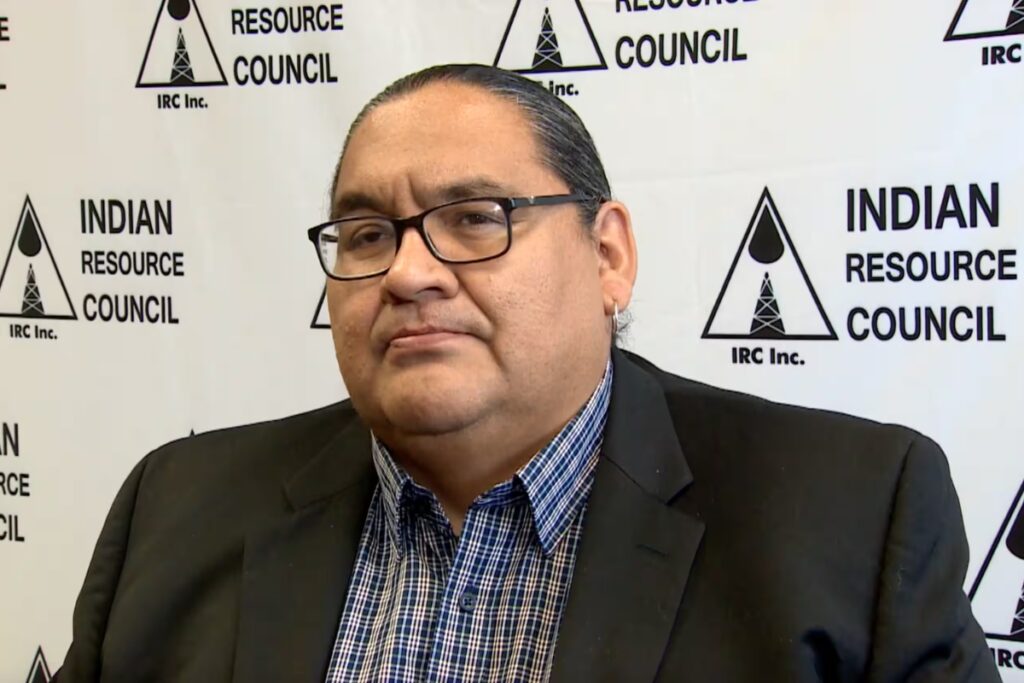The Supreme Court’s rebuke of the federal Impact Assessment Act is an opportunity for positive change.

Supreme Court of Canada Chief Justice Richard Wagner. Photo from CBC.
by Resource Works
More News and Views From Resource Works Here
Introducing the Impact Assessment Act (IAA) in 2019, the federal government promised speedier processing of natural-resource projects “through legislated timelines.”
It didn’t happen.
As the Canada West Foundation reported earlier this year: “The IAA was intended to speed up a cumbersome application process for major infrastructure and resource projects, some of which were in the assessment process for up to ten years.
“However . . . all projects progressing under assessment by the Impact Assessment Agency of Canada are still in Phase 1 or 2 of the four-phase process.”
The IAA process mandates that projects should proceed through ‘Phase 1 – Planning’ in just 180 days. But the Canada West Foundation noted that “it took projects an average of 332 days to complete Phase 1, with a range of 127 to 693 days.”
In other words, Phase 1 alone takes twice as long as the act intended, much less following phases. These delays cost projects a lot of valuable time and money, which discourages companies from investing in Canada and proposing new, prosperity-creating projects.
With 23 projects stuck today in Ottawa’s slow-motion process, that alone provides 23 reasons to welcome the Supreme Court of Canada’s dismemberment of the Impact Assessment Act, and to look for better legislation.
The IAA was first deemed unconstitutional in a majority opinion from the Alberta Court of Appeal in May. The federal government then referred it to the Supreme Court of Canada, where, in a 5-2 decision, the court declared that part of the Impact Assessment Act covering “designated projects” is beyond the powers of Parliament and is unconstitutional.
Chief Justice Richard Wagner wrote: “In my view, Parliament has plainly overstepped its constitutional competence.”
The chief justice went on to say: “Environmental protection remains one of today’s most pressing challenges. To meet this challenge, Parliament has the power to enact a scheme of environmental assessment. Parliament also has the duty, however, to act within the enduring division of powers framework laid out in the Constitution”.
He noted that “it is open to Parliament and the provincial legislatures to exercise their respective powers over the environment harmoniously, in the spirit of cooperative federalism.”
Industry leaders were quick to applaud the Supreme Court’s opinion. Three leaders wrote in Business in Vancouver that it is a positive step toward creating a better investment climate for the major projects that support families, jobs and prosperity.
It was desperately needed, said the industry leaders.
“With the Organization of Economic Cooperation and Development projecting Canada’s economic growth to be dead last among 38 advanced economies over the next decade, one had to wonder: Has the nation’s commitment to red tape and complexity crushed any vision for a more prosperous future?”
The three went on to say: “The federal government claimed that the review process ushered in by the IAA would be more efficient and effective, but as industry stakeholders know only too well, Bill C-69’s vague and subjective criteria created uncertainty that stifled investor confidence. And investors spoke with their chequebooks – since 2014, direct investment leaving Canada has exceeded investment coming to our country. . . .
“When the Trudeau Government introduced the IAA in 2019, Canada had already lost $100 billion in investment in major projects between 2017 and 2018, according to a report from the CD Howe Institute.”
From the US to Australia, other countries are rushing to develop their responsible natural resources, especially LNG (liquefied natural gas). But in Canada, we have instead prioritized “complexity, endless review, no limit on costs, and leaving affordability for the consumer out of the equation.”
The Canadian Association of Petroleum Producers was an intervener in the case. It voiced its agreement with the initial decision by the Alberta Court of Appeal and the subsequent Supreme Court of Canada ruling, saying that the provinces are best positioned to review and regulate resource development projects within their own borders.
But it’s not just the energy industry pleased to see the IAA sent back for revision. The Mining Association of Canada asked Ottawa to move quickly, citing some 20 mining projects currently undergoing federal assessment or about to enter the assessment process.
“The transition to another legislative framework will have to be well-planned to mitigate the potential impact of uncertainty on Canada’s investment climate,” it said.
The IAA’s predecessor, the Canadian Environmental Assessment Act of 2012, was also criticized for excessively long project approval timelines. Under it, according to Canada West Foundation data, it took almost 3.5 years on average for projects to either receive approval or be terminated, with some projects taking over 10 years.
In its March 2023 budget, the federal government promised $25 million to “study the problem” of the sluggish approval process under its successor, the IAA, and pledged to produce “a concrete plan to improve the efficiency of the impact assessment and permitting processes for major projects” by the end of this year.
Now, following the release of the Supreme Court’s opinion, Environment Minister Steven Guilbeault was quick to say, “The Act still stands.” And that “We will be happy to course-correct the Act in the coming months to ensure that we have a more specific definition of public interest.”
Asked whether he believes any future changes to the IAA in light of the Supreme Court ruling will change the outcome of the IAA process for projects, he said “no.”
All that sounds as if Guilbeault may still be set on ensuring Ottawa has the power to define what “public interest” is, and for the minister to continue to use “discretionary powers” to block projects he doesn’t like – despite a strong case from the Martin Ignasiak, Head of Energy Regulatory Practice at Bennett Jones LLP, that the Court’s ruling requires a major overhaul of the IAA.
In his article for the Macdonald-Laurier Institute, Ignasiak wrote: “Contrary to the ministers’ statements at their press conference, amendments won’t address the Court’s criticisms of the IAA’s designated projects regime. Instead, to properly reflect the Court’s opinion, the federal government must revisit its entire approach to environmental assessment.”

Stephen Buffalo, CEO and President of the Indian Resource Council. Photo from CBC.
It’s time now for the Prime Minister to ensure that the new project-approval process he presents to Parliament leaves all doors carefully and clearly open for that “spirit of cooperative federalism” to tackle Canada’s climate issues.
And, while at it, Ottawa must ensure that Indigenous opinions and Indigenous knowledge form a significant and meaningful part of the new process. With two major LNG projects being pushed by Indigenous proponents, Cedar LNG and Ksi Lisims LNG, this has never been so important.
The Indian Resource Council (representing 130 Nations that produce or could produce oil and gas) submitted to the Supreme Court that “under the guise of ‘protection’ the IAA work[ed] to prevent First Nations from achieving economic self-determination.”
This argument had, in fact, been accepted in other court challenges to the Act on the ground that the federal government did not adequately consult on Indigenous economic interests.
With this new ruling, the federal government has a chance to reset its relationship with both the provinces and with Indigenous communities developing the major projects that will take Indigenous economic development, and Canadian opportunity, to new heights.
Let’s hope cooperation, not intransigency, carries the day.
This article was originally written by the First Nations LNG Alliance and edited and republished with permission.
Share This:


